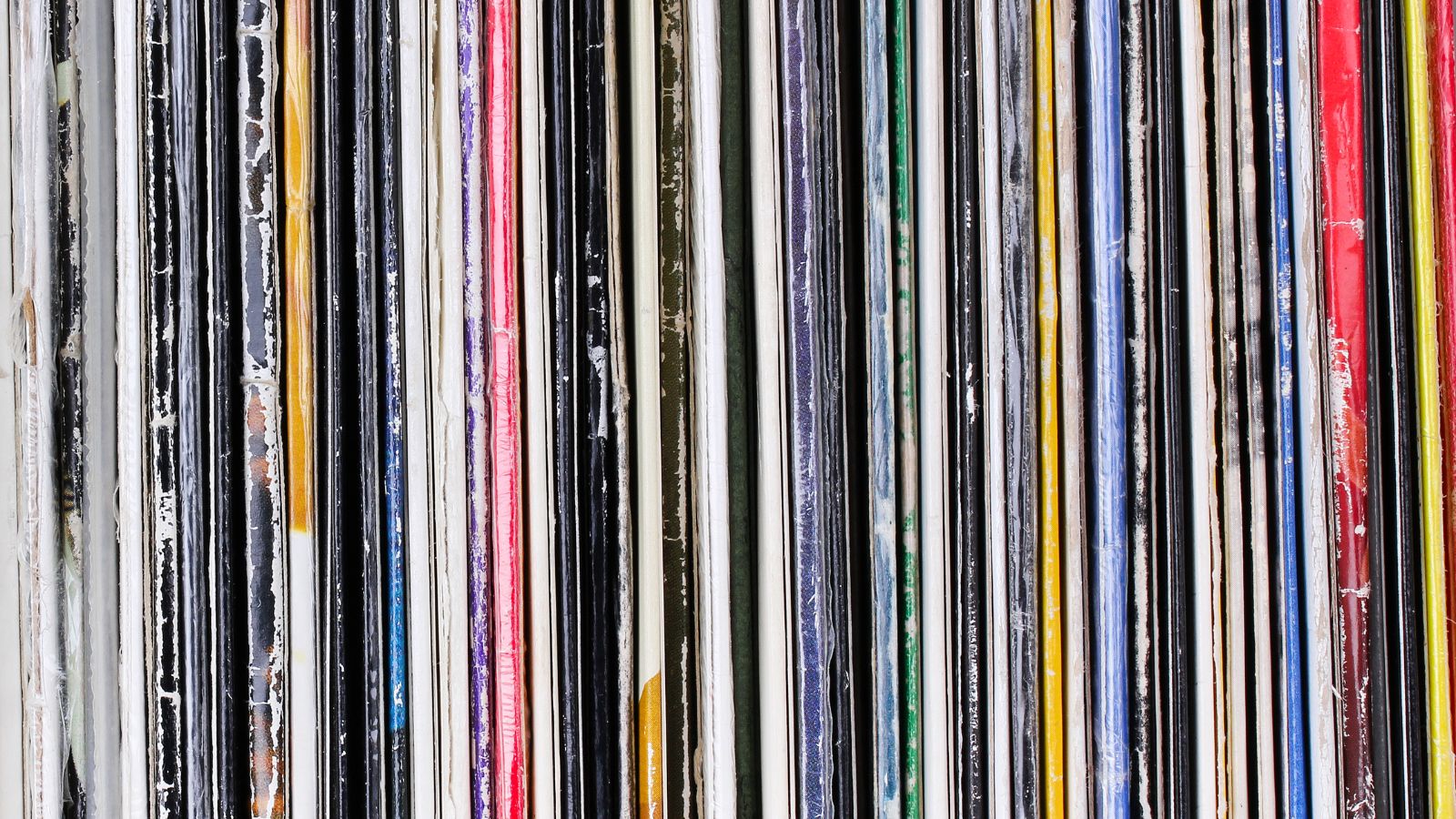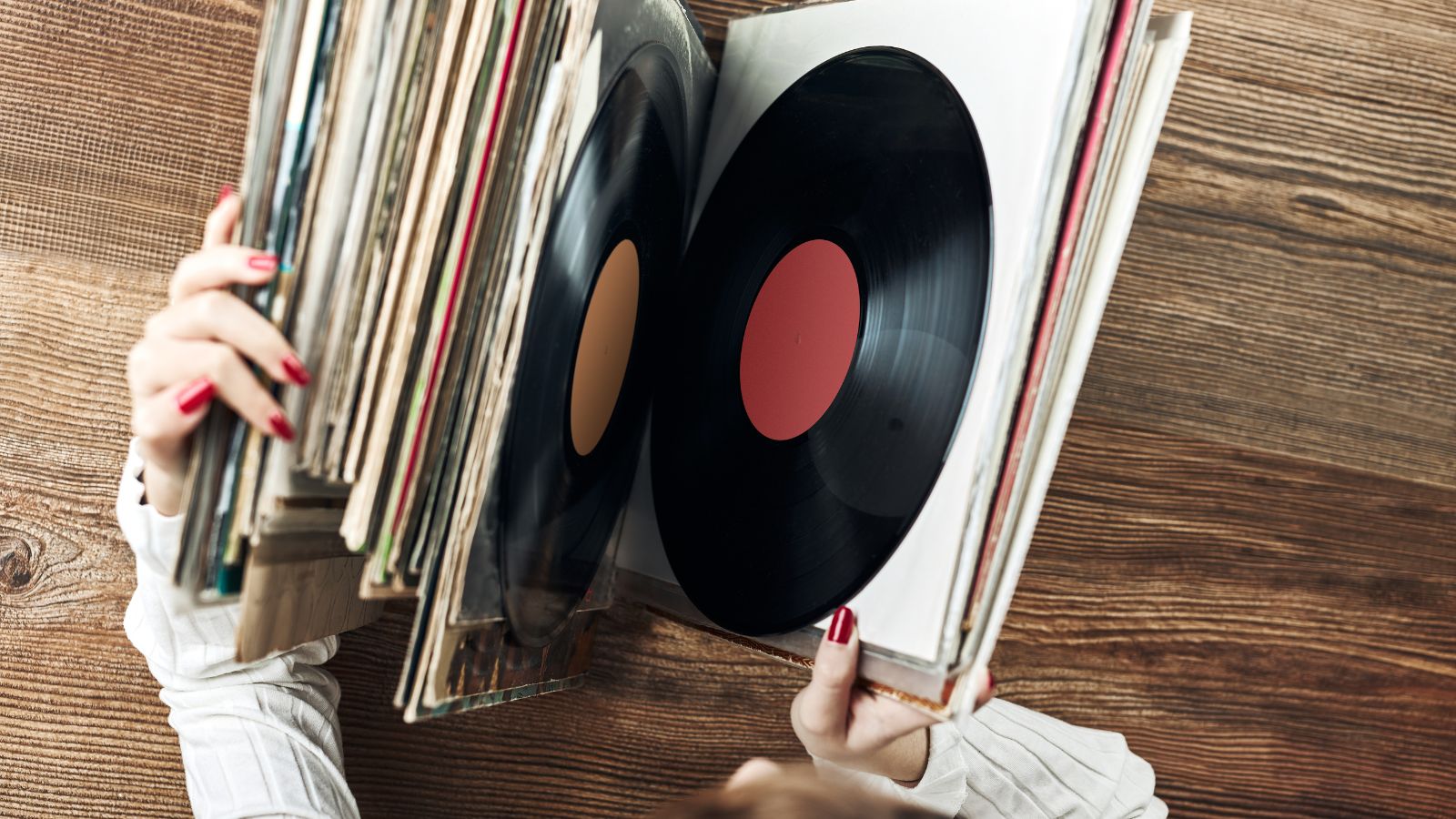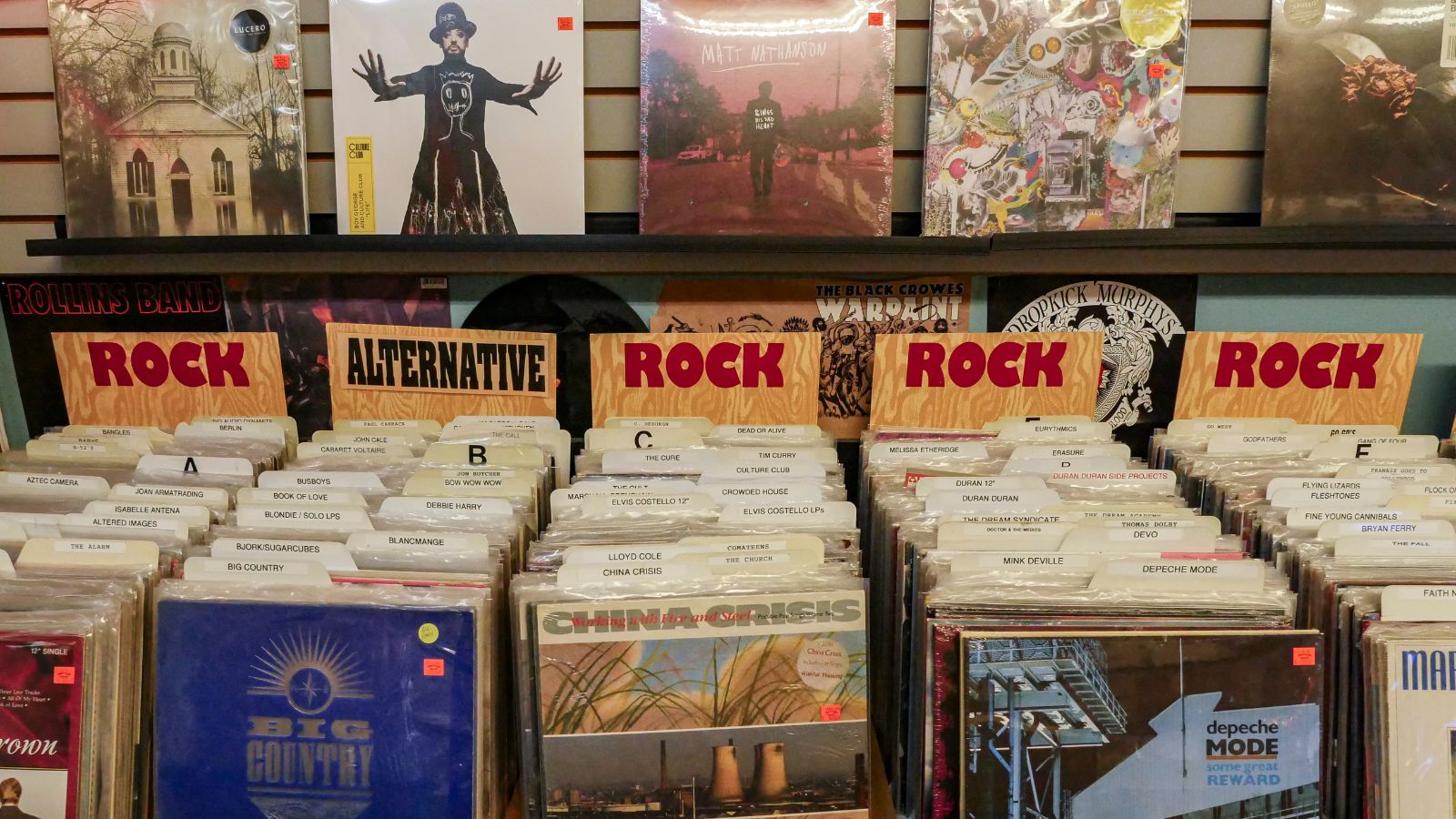In the realm of music, few things evoke as much nostalgia and warmth as the crackle of a jazz vinyl record. It’s a distinctive sound, a blend of raw emotion and intricate artistry that’s captured the hearts of music lovers for decades.
These records aren’t just about the music, they’re a tribute to a bygone era. Their resurgence in the digital age is testament to their timeless appeal. Whether you’re a seasoned collector or a curious newcomer, delving into the world of jazz vinyl records is a journey worth embarking on.
 Jazz Vinyl Records
Jazz Vinyl Records
Once a lost relic of a bygone era, vinyl is reclaiming its glory as the medium of choice for jazz enthusiasts. As the market witnesses a steady resurgence of jazz vinyl records, it’s important to delve deeper into why this once-outdated format is making a monumental comeback and the distinctive allure of jazz music on vinyl.
Why Vinyl Is Making a Comeback
Today, vinyl records account for 14% of all physical album sales, testifying to their revived popularity. Technological advancements in sound production and the romantic allure of nostalgia are key driving forces behind this resurgence. The quality of playback, offering a uniquely warm, rich, and immersive auditory experience, amplifies the listener’s connection to the music. The vinyl format encourages active listening, making them more than a mere conduit for music but a full-fledged sensory experience.
Moreover, vinyl records provide a tangible connection to the past. In an age of digital consumption, records offer a respite—a physical product complete with album cover art, liner notes, and the tactile experience of dropping the needle onto the spinning record. This combination of nostalgia and an immersive experience can’t be replicated in digital downloads or streaming.
 Key Elements of Jazz Vinyl Records
Key Elements of Jazz Vinyl Records
In this section, comprehension becomes paramount as specific factors that set jazz vinyl records apart are explored. It’s through the rich textures of sound, coupled with the tactile experience, that collectors and enthusiasts find allure.
Sound Quality and Analog Warmth
Undoubtedly, the signature sound quality of vinyl records contributes significantly to jazz’s auditory appeal. Jazz vinyl records stand apart, boasting an unparalleled level of sound detail and analog warmth. Classic jazz recordings on vinyl exhibit a full-bodied sound, credited primarily to the analog recording process.
For instance, on a jazz vinyl, listeners can appreciate the breadth of a saxophonist, the slight touch of a drummer on the cymbals, or the gentle pluck of a bassist, all integral aspects otherwise lost in digital conversion.
Another compelling element to collecting and enjoying jazz vinyl records lies in the tangible interaction they offer. This is inclusive of, but not limited to, the feel of the record, the process of placing it on the turntable, and the revelation embedded within each album cover art. Unpacking a jazz vinyl record parades a whole realm of physical elements, each offering a palpable connection to the era, the artist, and ultimately, the music itself.
 How to Start a Jazz Vinyl Collection
How to Start a Jazz Vinyl Collection
Beginning a jazz vinyl collection draws upon an understanding of music quality, vintage appeal, and equipment essentials. From tactical enjoyment while perusing album art to the quality richness of analog warmth, a jazz vinyl collection is more than just music, it’s an immersive experience.
Choosing the Right Equipment
Selecting suitable equipment is foundational to the joy of a jazz vinyl collection. Analog record players, with their ability to render a full and warm sound, are of utmost importance. Brand options such as ProJect, Rega, and Audio-Technica offer affordable, high-quality turntables for the beginner collector.
For sound extrapolation, the choice of speakers holds equal significance. Companies such as KEF and Klipsch offer speakers that reproduce the distinctive warmth of vinyl records. For a quieter experience, a quality pair of headphones, such as the Sennheiser HD 660 S, also provide an intimate listening experience.